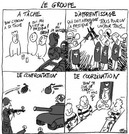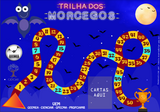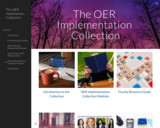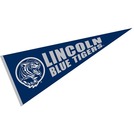Short Description:
Le guide de la Grande Transition présente les apports de toutes les disciplines en un socle unique de connaissances et de compétences organisé selon une dynamique de mise en transition. Les apports sont ainsi amenés à travers six grandes portes. Six champs complémentaires d’un questionnement provoqué par le bouleversement en cours de notre milieu de vie. Six portes qui ouvrent chaque fois sur un passage à l’action.
Long Description:
Comment transformer notre façon de penser et d’agir pour la transition écologique et sociale, et donc l’éducation et la formation qui l’accompagnent ? Comment accompagner les institutions et les enseignants dans cette révolution nécessaire de l’enseignement supérieur en France ?
La transition écologique et sociale est un enjeu majeur et un défi inédit posé aux générations actuelles et futures. La préservation de notre planète et du vivant sous toutes ses formes impose un nouveau paradigme : une manière d’agir et de penser le monde radicalement différente de ce à quoi nous avons été jusqu’ici culturellement habitués. Pour appréhender ce changement profond ainsi que la complexité des enjeux qui sous-tendent la conduite de la transition écologique et sociale, l’éducation et la formation sont indispensables.C’est la raison d’être de ce Manuel de la Grande Transition : accompagner les acteurs de l’enseignement supérieur et de l’éducation dans cette transformation en leur fournissant des outils théoriques et pratiques innovants.
Le Manuel de la Grande Transition présente les apports de toutes les disciplines en un socle unique de connaissances et de compétences organisé selon une dynamique de mise en transition. Les apports sont ainsi amenés à travers six grandes portes. Six champs complémentaires d’un questionnement provoqué par le bouleversement en cours de notre milieu de vie. Six portes qui ouvrent chaque fois sur un passage à l’action.
Cet ouvrage s’adresse à tous les publics, enseignants comme étudiants. Avec son parcours libre en 6 portes, il ne propose pas le plan de cours d’un nouvel enseignement qui s’ajoute aux autres. Il ne passe pas en revue chaque discipline pour en proposer successivement des mises à jour. Plus qu’aucun autre, le défi de la grande transition a besoin de cohérence systémique et de mise en action.
Dans la théorie des systèmes, le terme de « Grande Transition » désigne un processus de transformation au cours duquel un système passe d’un régime d’équilibre dynamique à un autre. Dans le contexte écologique et social, parler de transition consiste donc à chercher à passer d’une situation contemporaine marquée par des trajectoires insoutenables à un état des sociétés caractérisé par la soutenabilité et l’équité, vis-à-vis des générations présentes comme des générations futures.
Derrière tous ces objectifs qui sont devant nous, de multiples questions se posent : comment assurer ces passages à partir de réalités marquées par le réchauffement climatique, la destruction du vivant, la pauvreté, les inégalités, les conflits pour l’appropriation de ressources, les incertitudes ?
La « Grande Transition » est donc systémique : à la fois écologique, sociale, économique, culturelle, politique, citoyenne…, elle se veut également « juste ».
Le Manuel de la Grande Transition veut accompagner les acteurs de l’enseignement supérieur, de l’éducation et de la société civile dans cette transformation en leur fournissant des outils théoriques et pratiques innovants et applicables dans leur futur quotidien professionnel et personnel.
Word Count: 35979
(Note: This resource's metadata has been created automatically as part of a bulk import process by reformatting and/or combining the information that the author initially provided. As a result, there may be errors in formatting.)









